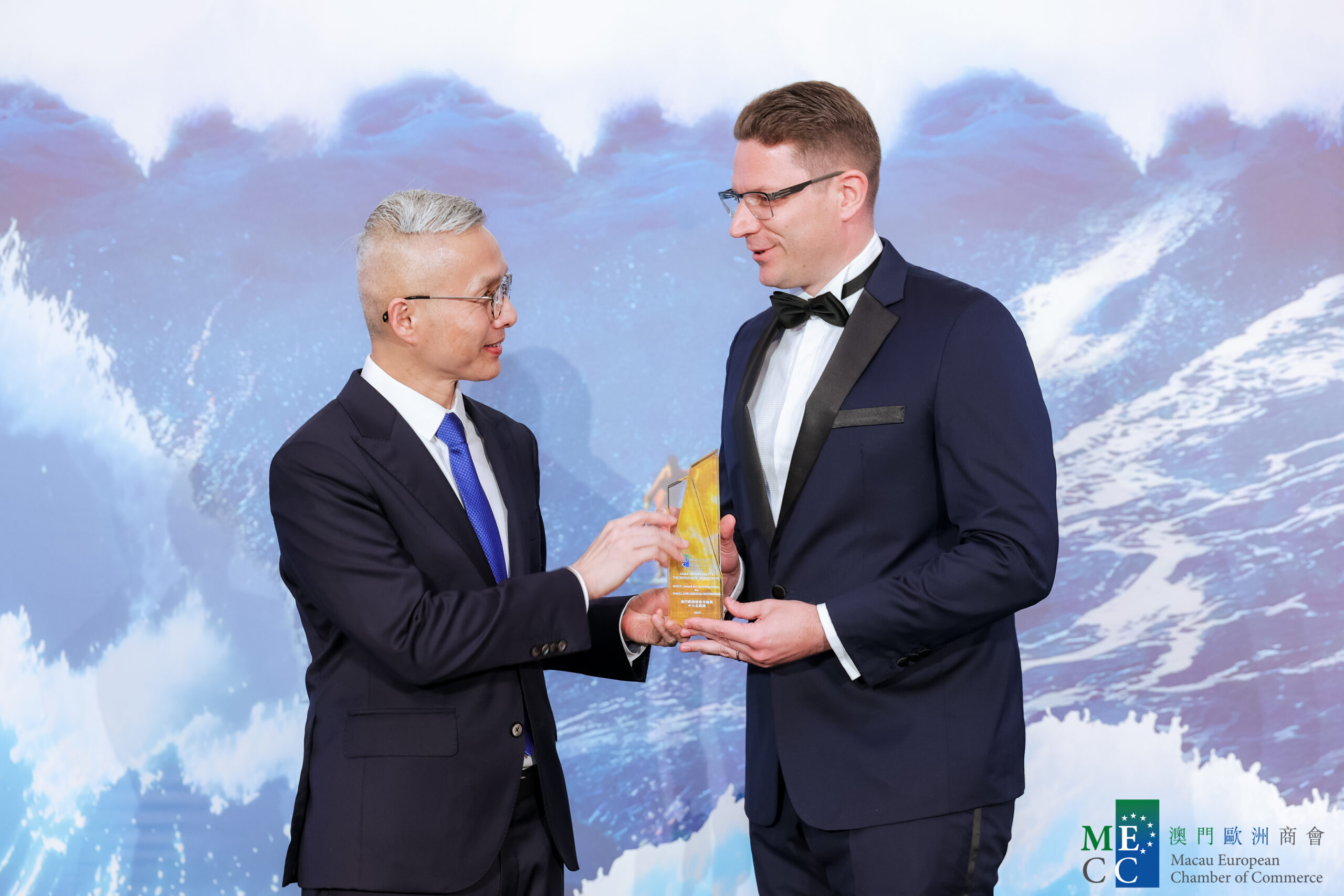An Objective Look at 4 Different Guest Facing Technologies – Rated According to Uptake, Content Management, and Cost
I’m going to start by showing my age. Not something anyone particularly enjoys doing but hey, 40 is the new 30 (at least that’s what I’ve been telling myself for the last few years). When growing up my prized possession was a Kodak camera. Those with the same level of ‘life experience’ as myself may remember how it worked; Buy film, take pictures, drop off film to be developed and cross your fingers that there were at least a few good shots you would be proud to display. Kodak no longer exists (not in any meaningful form anyway). Not so much because of the advent of digital technology, Kodak research labs were one of the initial creators of digital camera technology. And certainly not because upper management were not aware of the potential impact digital technology could have on their traditional make-and-sell business model. A study commissioned by senior executives concluded that digital photography had the potential capability to replace Kodak’s established film based business. The underlying issue was that they failed to respond and prepare for a time when digital photography would replace film. They failed to innovate. Even though consumer trends were clearly shifting and there was an opportunity to remain a market leader in the photography business.
Now, I can sense you all thinking, what does Kodak have to do with hospitality? Where is this going? Well hospitality is undergoing a period of rapid transformation. Guest behaviors and expectations have changed, staff shortages are crippling operators globally, and hoteliers are grappling with how to not only stop the bleeding, but ways to position their businesses for the long term. By most estimates, the COVID19 pandemic has accelerated the hospitality industries adoption of new technologies by 10 years. And while digital guest experiences were previously ‘nice to have’, rapidly evolving traveler expectations have now rendered such experiences essential in order to not only survive, but thrive in the new world order. But with so many options, and with tech companies all promoting their technology as the latest and greatest in driving guest engagement, it’s difficult to decipher what solutions create real value, from those that may sound great, but will fail to position you for success in the long term.
So I offer the following in the hope that it may, in some way, help prevent you from creating your own ‘Kodak Moment’. To make decisions that follow the principles of innovate-and-lead, and position your operations to thrive following the recent disruption in the industry. I’ll stick to guest engagement technology, given this is where most business we speak to are looking to begin their digital transformation journey, with the main choices being In-room Tablets, IPTV Systems, Native Hotel Applications, and Progressive Web Applications. The goal is to remain objective. Because unlike many companies who will tell you their products are the best solution for all hotel operations, we truly believe hoteliers should select technology that is purpose fit for their operation and guest demographic. There is definitely not a one size fits all when it comes to our industry.
In this quick analysis, we will rate technologies based on uptake, content management and cost. In our discussions with hoteliers, these are often the critical elements that determine which technology is chosen.
Uptake
Also known as usage or download rate, we believe this to be the most critical metric of any guest-facing technology. Why? Simple really, if nobody uses your technology, you may as well not have it. While it should be recognized that uptake can significantly depend on the awareness created by a hotel, characteristics of each technology also play a key role.
In-Room Tablets: Noticeable and eye-catching to guests. However, what was previously viewed as unique and innovative, is no longer viewed as a luxury by guests. Curiosity seems the greatest driver of uptake, but will often result in single or low usage throughout a stay. Tablets being confined to the room, as well as a post pandemic preference of guests to use their own trusted devices, has meant usage of in-room tablets has significantly declined when compared to other technologies. Rating 5/10
Native Hotel Applications: Often designed to drive uptake of loyalty programs, Native applications have been popular among large hotel chains for years. However, unless you are Facebook, WhatsApp or Instagram, convincing people to download something onto their valuable phone real estate is extremely difficult. This is amplified in the accommodation market where guest stays are almost always short term. While the ability to use a native application throughout the entire guest journey (pre, during, and post-stay) assists in uptake, a reluctance to download anything significantly hinders uptake in a hotel environment. Rating 3/10
IPTV Systems: A hard one to assess, because usage is high, but we question the value in using such systems to drive guest engagement given the 2 most common reasons guests utilize IPTV systems is for background noise and to stream their own content. Therefore, using them as a vehicle to drive hotel content, or to allow guests to order room service or amenities, is questionable. And we all know how ‘clunky’ such systems are to enter a simple password let alone browse information or place orders. Having said that, it’s undeniable that the hotel TV system is utilized, albeit it only in the room as with tablets. Rating 8/10
Progressive Web Applications (Web Apps or PWAs): Look, feel and largely function like native applications, but don’t require a guest download to use the system. Access is via QR codes, clickable links, WiFi re-directs, or wherever there is internet access. Generally designed to be used via a guest’s own device, this technology is therefore not confined to the guest room, and like native applications, can be accessed at all stages of the guest journey. As such, usage is generally high, but also dependent on guest awareness and the effort of a property to introduce it. Rating 7/10
Content Management
In-Room Tablets: Content is easy to upload and push to the tablet, and no collateral is required as the tablet is collateral enough. Push notification functionality makes dissemination of information or the latest offers easy. However, such information will only be consumed if a guest is in the room, with the tablet switched on, and interested in using it. Rating 6/10
Native Hotel Applications: Like tablets, have the advantage of push notifications, but directly to a guests own device. Content can be easily uploaded, but guests are often required to download the latest version of the application to access all the latest information. A word of warning, push notification must be used sparingly to ensure maximal impact, and that guests don’t block, or remove altogether, the application from their device. Rating 7/10
IPTV Systems: Updated messages or new content can be pushed to the Hotel TV system, but usually only by the marketing department and segmenting information by room can be complex. It’s a one for all approach which requires the TV not only be switched on, but not be set to a guest’s favorite channel. Rating 5/10
Progressive Web Applications: Content can be uploaded and managed with ease (as with tablets and native applications), however, PWA’s lack push notification functionality, the biggest drawback of such technology. Driven by what seems to be Apple’s desire to have people continue to download applications from their App Store, the company still restricts push-notifications, although prevailing sentiment would suggest it won’t be long before PWA’s also have push notification capabilities. Despite this, given most PWA solutions are ‘feature-rich’, there are generally many other ways to inform guests of content, with awareness often the key. Rating 7/10
Cost
In-Room Tablets: Require significant upfront capital expenditure, plus a monthly subscription fee. Additional tablets are often required due to theft and breakages, and tablets generally require replacement every 2-3 years. As such, usage must be significant, and combined with constantly changing specials and promotions, to see any significant return on investment (ROI). Rating 3/10
Native Hotel Applications: Previously there was a significant expense in building your own hotel application, however this no longer needs to be the case.Of course, you can still spend tens of thousands to develop a custom native application, but many companies offer white-label solutions for a fraction of the cost and 95% of the functionality. It really comes down to need. And there is no additional hardware requirements. Often the larger expense comes with the marketing required to convince guests to download another application. Rating 7/10
IPTV: Technology is constantly changing, and fast. TV’s are not immune to that, in fact, they are often at the forefront. What is a brand new today, may be obsolete tomorrow. IPTV systems struggle to keep pace with time and innovation, often requiring continual replacement, or additional capital outlay to access, or at least provide the capability to access, the latest features. Think Chrome casting as a recent example. Rating 2/10
Progressive Web Applications: The cheapest and fastest way of implementing technology into a hotel operation. No capital outlay requirements as content is accessed on the guests own device, and a wide variety of providers to select from. Modules can often be switched on and off depending on requirements, allowing a fit for purpose solution to be deployed quickly at scale. Rating 9/10
Integrations
Before ending, one final area we are often asked about is the potential for guest facing technology to integrate into existing hotel systems. This is a very difficult area to analyze and provide a meaningful rating score as the willingness and capacity to integrate with other systems is largely dependent on each provider. Costs also vary significantly depending on the type of integration required, the company providing the existing hotel technology, and the guest facing solution provider themselves. But as a general rule, native applications and progressive web applications can integrate into almost all hotel systems, including the PMS, POS, Job Dispatch and access control systems. Whereas the nature of in-room solutions (only being able to be accessed by a guest once they arrive in the room itself), prevent such technologies from any meaningful integration with the door lock and pre-arrival check-in platforms. Again our suggestion is always to be clear on what you are trying to achieve through an integration, and then determine if the additional costs (if there are any), outweigh the potential benefits.
So there you have it. An objective look a 4 different guest facing hotel technologies, rated according to uptake, content management and cost. The goal of this article was to help you avoid your own Kodak moment. To make you aware of the different options available, and to put some context around our thoughts on how the different solutions rate according to some key decision-making metrics. It is our hope that armed with this additional information, you will select the correct technology for your operation, and not only survive, but thrive for years to come post-pandemic and beyond.
https://www.forbes.com/sites/chunkamui/2012/01/18/how-kodak-failed/?sh=1611226c6f27




0 Comments